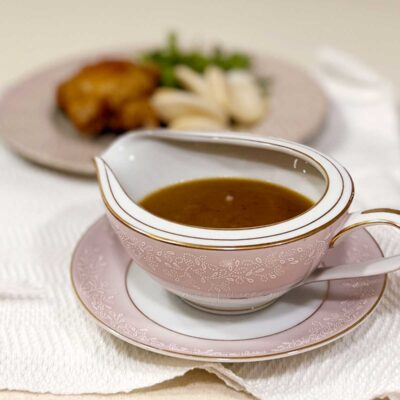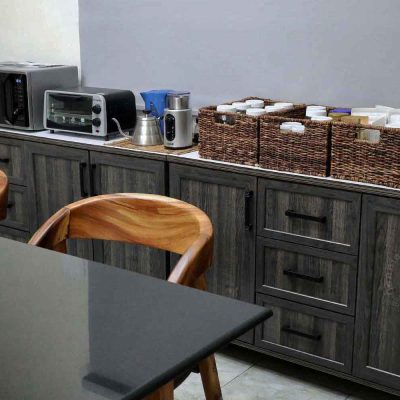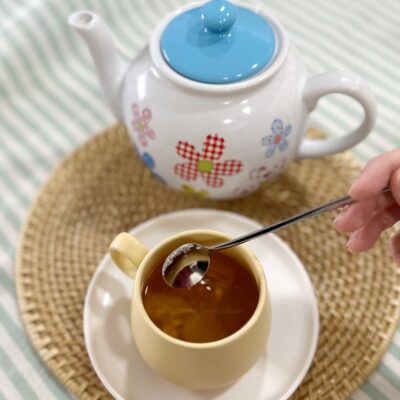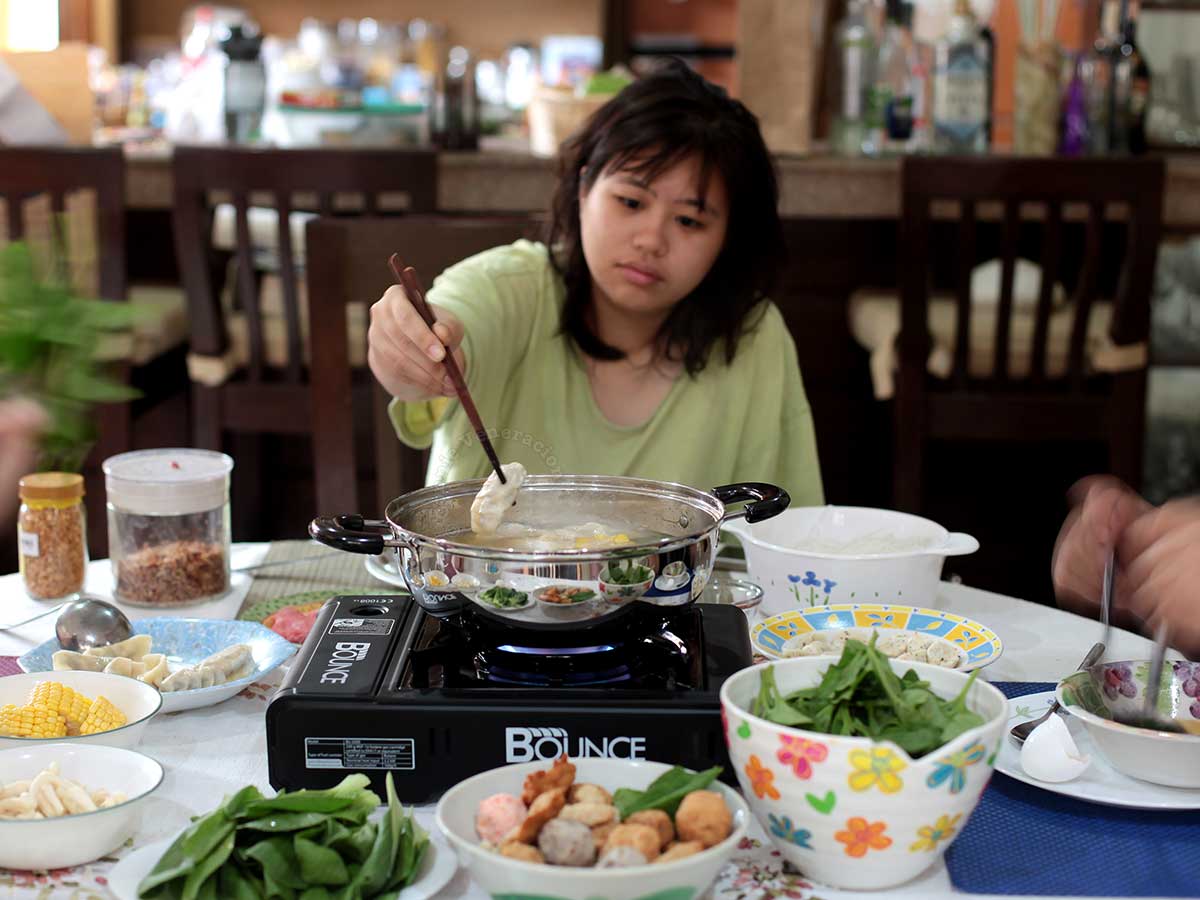
A short history of the hot pot
There is a common misconception that restaurant hot pot dining is the original and the norm, and home-style hot pot cooking is a mere version. Not so.
Historically, hot pot cooking was done at home. From what I’ve read, the practice originated in China where it has been enjoyed for over a thousand years. Meat was the main ingredient.
Hot pot dining spread to neighboring Asian countries and variations multiplied. Although the cooking method remained the same, the ingredients cooked in the simmering broth and the dipping sauces that went with them varied from one country to the next. It came to be known as shabu-shabu in Japan and Taiwan, lau in Vietnam and suki in Thailand.
Today, food that can be cooked in the hot pot can be just about anything — meat, poultry, seafood, dumplings, vegetables, mushrooms, eggs… There is no hot pot recipe then? Of course there isn’t.
Hot pot is NOT a dish; it is a cooking method and a dining style
Hot pot cooking means cooking small pieces of food in broth that is kept simmering on the table all throughout the meal.
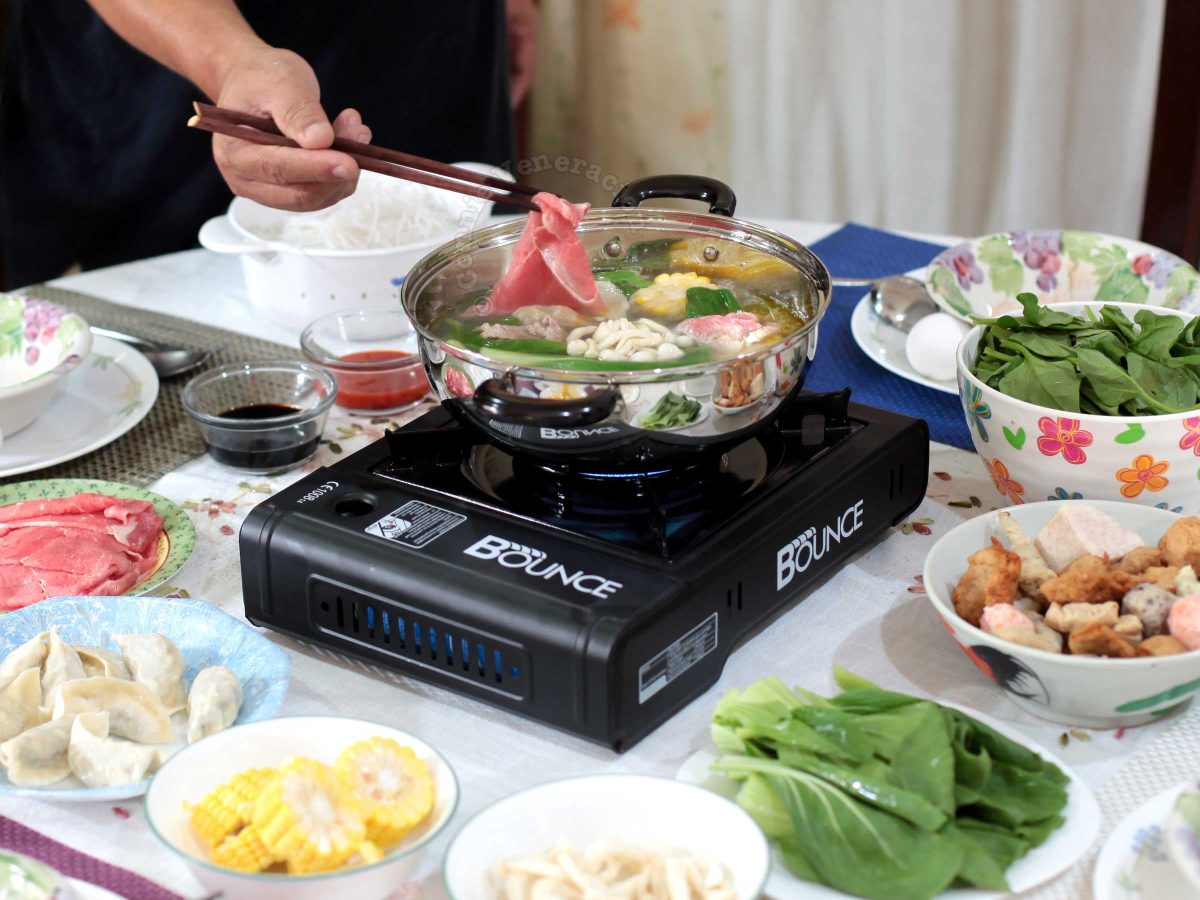
Meat is cut very thinly so that it gets fully cooked in a matter of minutes. Vegetables, tofu, seafood and other ingredients are cut into bite-size pieces so that they can be fished out easily from the broth and dropped directly into individual bowls.
Hot pot dining means each person chooses which ingredients he likes, picks them up from an array of serving plates, drops them into the hot broth then retrieves them when they’re done.
The trick, of course, is to cook food in small amounts so that they don’t get cold before they are eaten. Additionally, as the meal progresses, and as more food gets cooked, the broth becomes richer and tastier.
What do you need to set up a home version of the hot pot?
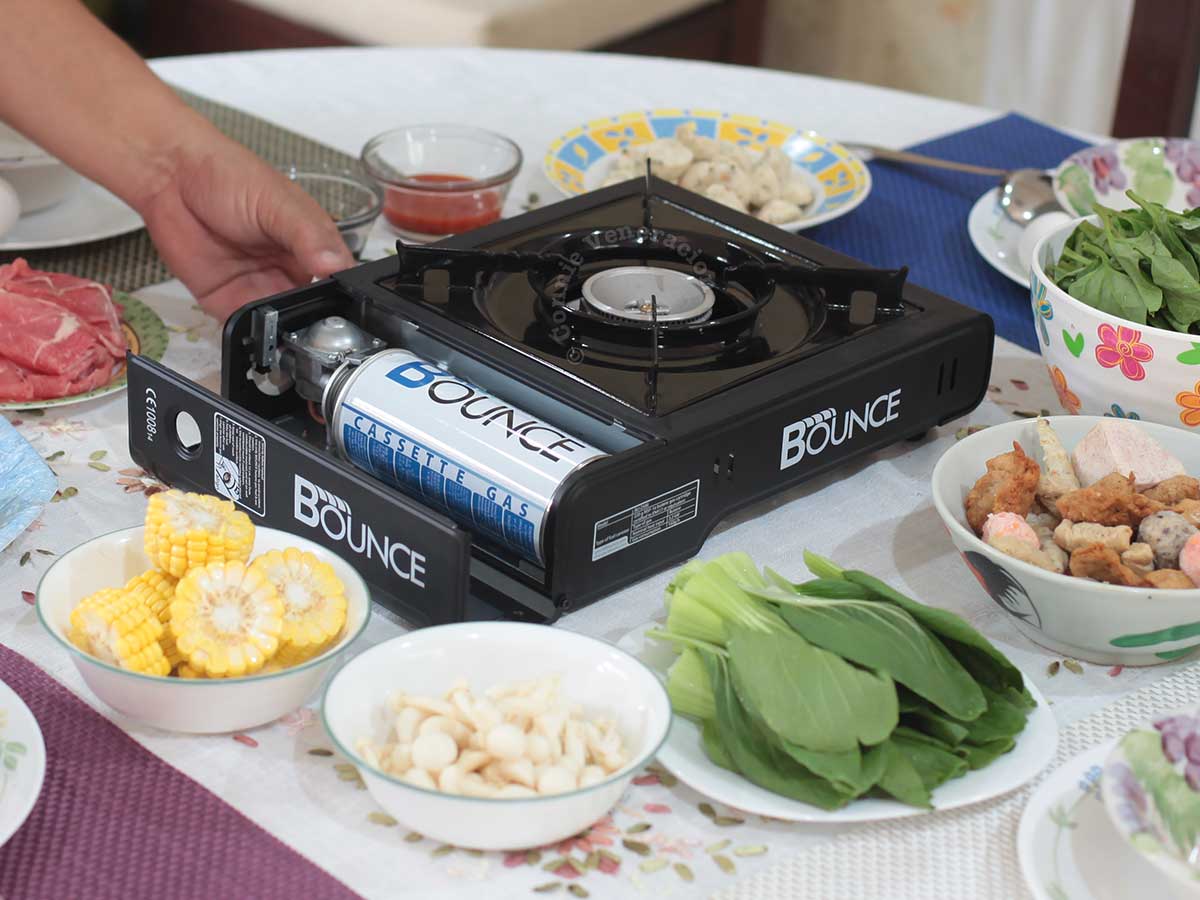
The hot pot itself which consists of a stove and a cooking vessel. A portable single-burner gas stove works best. Unlike electric models, you don’t have to deal with with a cable that problematically runs across the tabletop, down to the floor and all the way to the wall where it would be plugged.
Then, you need a vessel in which to boil broth. You’ll want something that’s wide and not too deep so that it is easy to see the food as it cooks, know if it’s done and lift it out with tongs or chopsticks with no need to dig all the way to the bottom of the pot.
Chopsticks for those adept at using them. For those who are not, tongs or slotted ladles are recommended. A soup ladle to get some of that delicious broth into your bowl.
Of course, you’ll want broth. Lots of broth. We prefer homemade (pork/beef, chicken or duck, fish or shrimp). Ideally, the broth must be boiled on a regular stove before the pot is moved to the hot pot stove. The gas canister has only so much life in it and it’s best to keep the heat low and the broth at simmering point. A tip: have extra broth for refills.
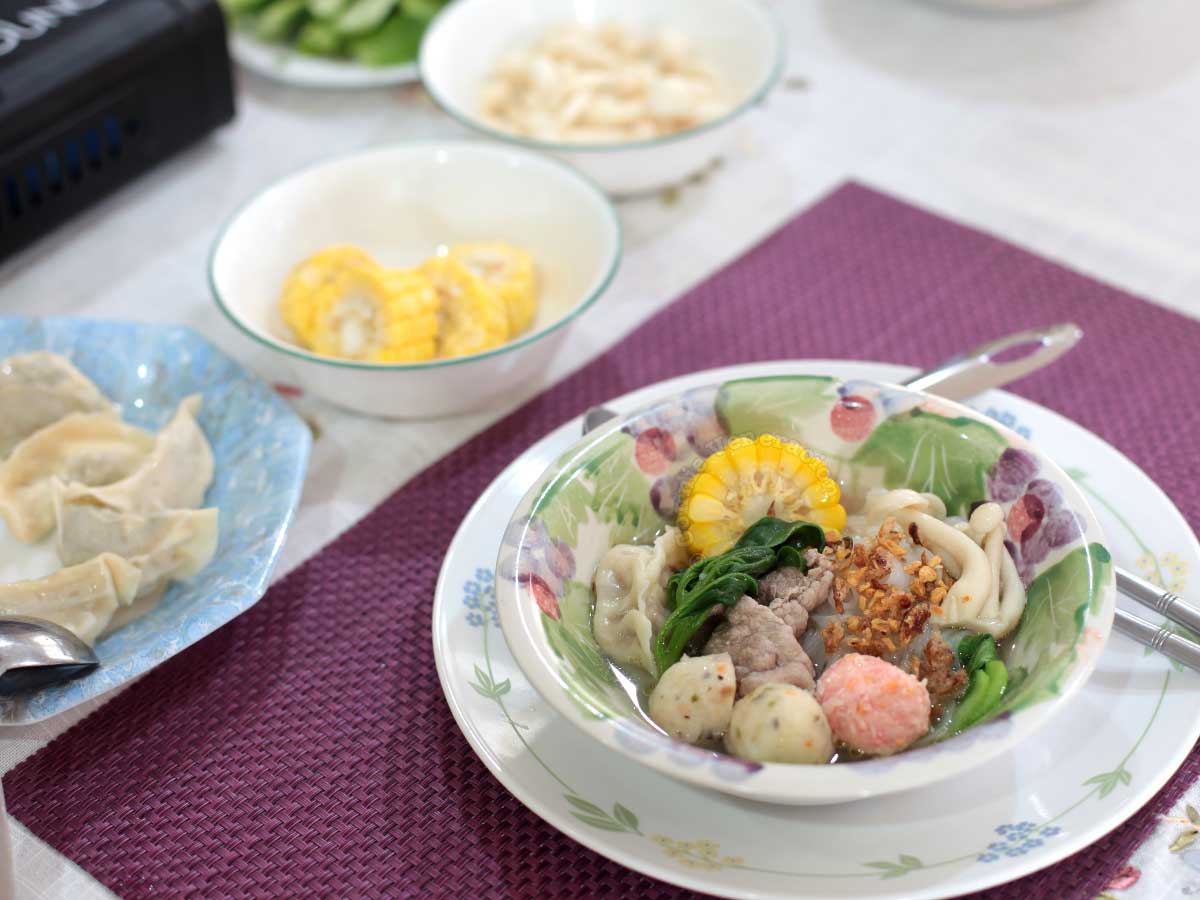
What food is good for a hot pot meal? Sukiyaki-cut beef, mushrooms, vegetable dumplings, rice noodles, spinach, bok choy, corn and assorted vegetarian balls…
You’ll also want a dipping sauce or a variety of dipping sauces. Whatever you prefer, really. You can have plain soy sauce, chili sauce or something more customized such as my daughter’s garlic and black bean sauce.

